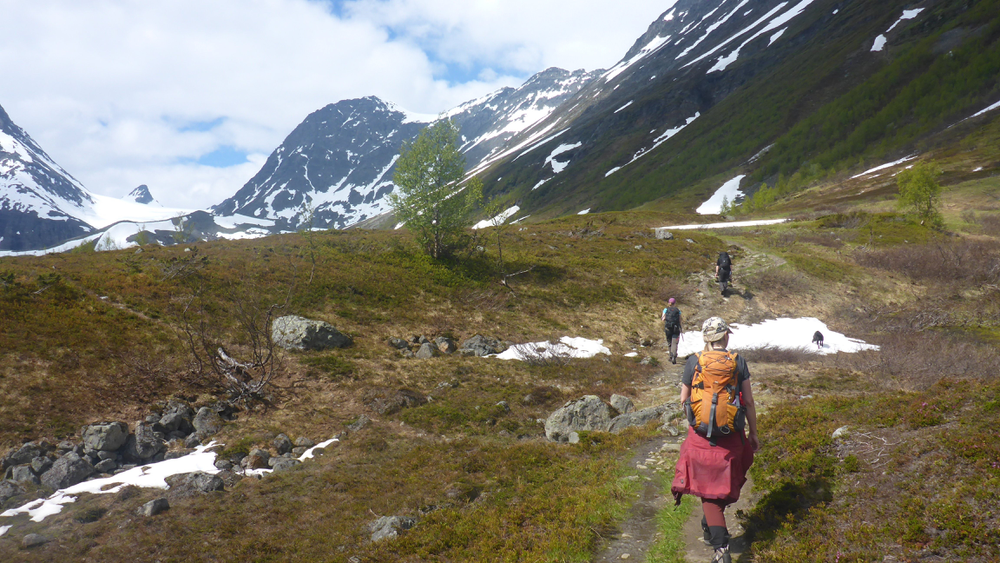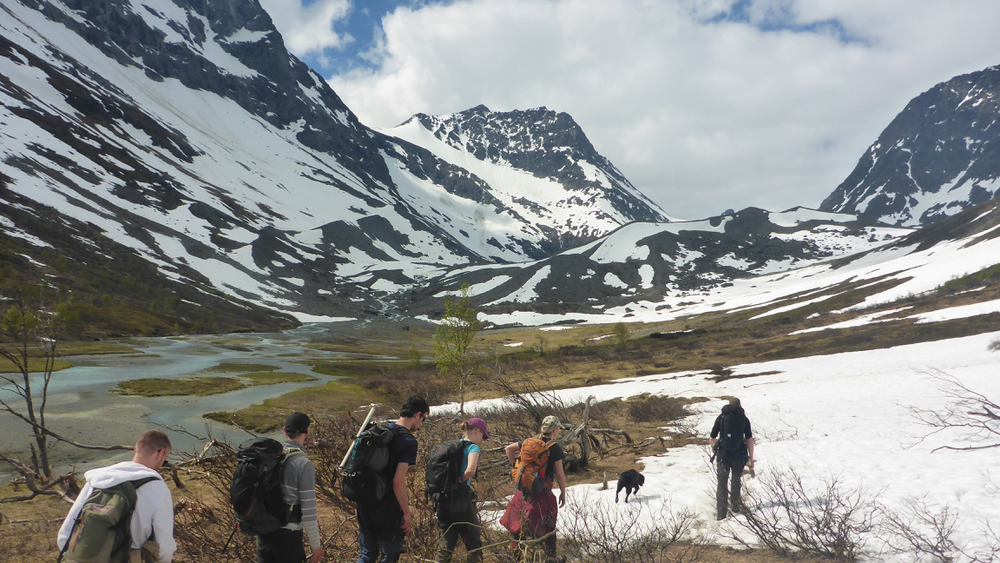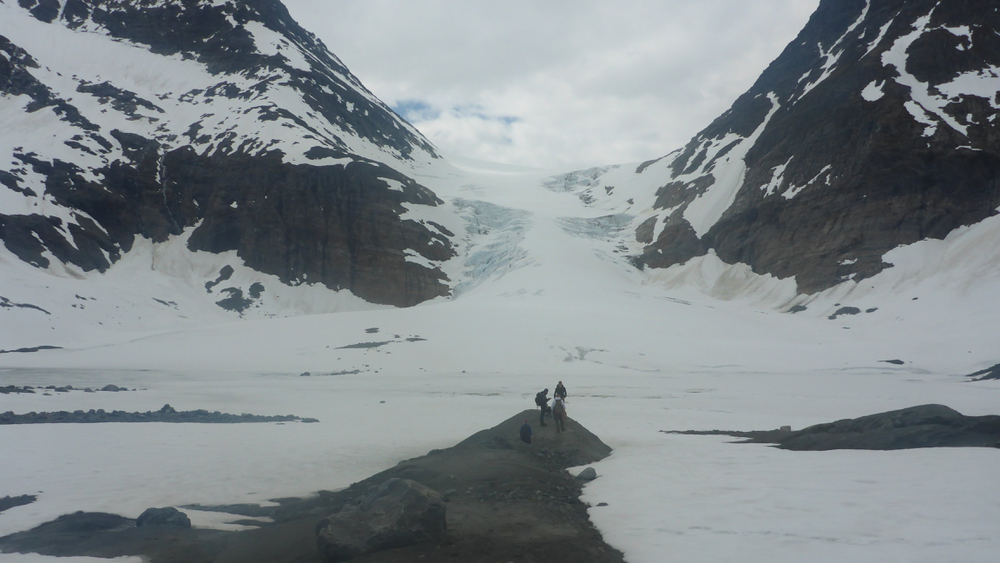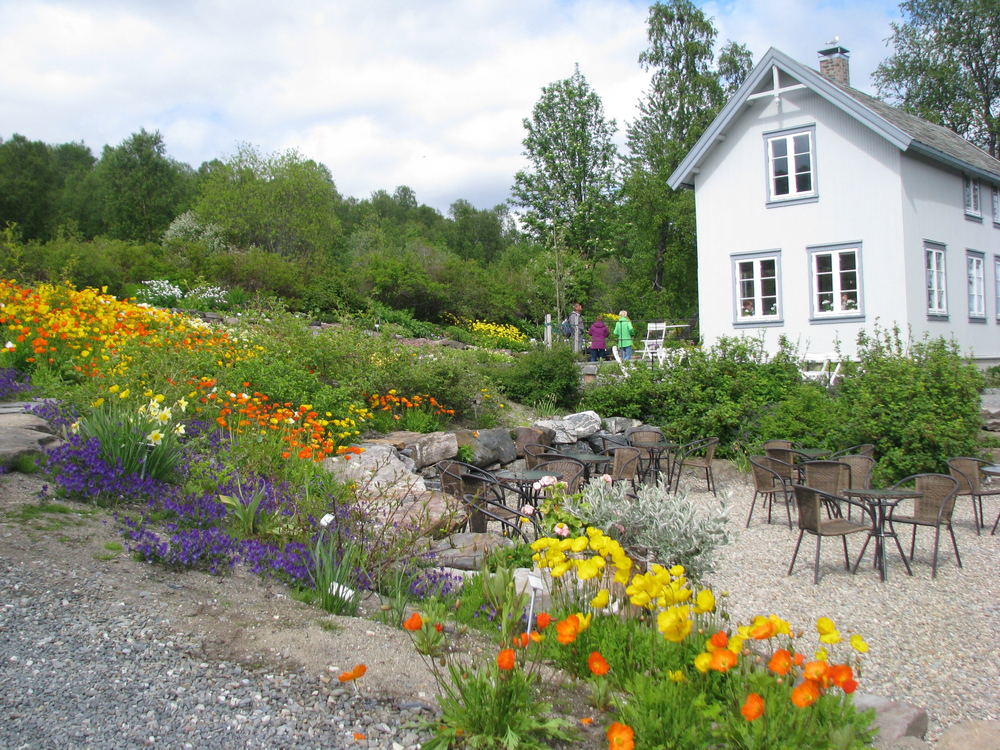Pre-conference workshops 23rd June 2025
Indicate your choice during conference registration, note that spaces are limited.
Note that the Neotoma and Bioinformatics are simultaneous: it is not possible to attend both, but it is possible to attend one of those and the Nanopore sequencing workshop.
Bioinformatics
The analysis of ancient environmental DNA presents significant challenges, including balancing taxonomic specificity and sensitivity to accurately identify species while minimising false positives. Authentication of ancient DNA through damage pattern analysis and contamination controls remains crucial but complex. While recent tools have enabled faster and more sophisticated data analysis, the lack of standardised workflows continues to hinder usability and reproducibility. Additionally, the high computational demands of processing large datasets pose logistical barriers as studies grow in scale. This workshop aims to address these challenges, bringing together leading experts to share insights and explore ways to advance the reliability and scalability of ancient eDNA analysis.
Workshop leaders: Eric Coissac (Grenoble Alpes University - LECA) and Mikkel Winther Pedersen (Globe institute, University of Copenhagen)
Neotoma
Join us for a Neotoma Paleoecology Database workshop at the 2025 sedaDNA conference. The main aim of this NSF-funded workshop is to launch the new aeDNA constituent database. We will be kicking off the design phase of the database, sharing the vision and governance structure of the constituent database with the community, developing and discussing metadata standards and templates for data submission, and generating best practices for data stewardship. There will also be opportunities to learn more about the history and current directions of the Neotoma DB, how to use Neotoma data in your own research, and how to submit your published data to be included in Neotoma.
Workshop leaders: Trisha Spanbauer (University of Toledo) and Jack Williams (University of Wisconsin)
Nanopore sequencing
This workshop will provide a theoretical introduction to nanopore sequencing, highlighting its ability to produce long reads and its applications in studying environmental and ancient DNA. At the end of the session, we will discuss potential applications and research opportunities using this technology.
Workshop leaders: Inés Barrenechea Angeles (UiT The Arctic University of Norway), Pierre Taberlet (Grenoble Alpes University - LECA), Sylvain Monteux (UiT)
Choose between one of three post-conference excursions taking place on 26th June 2025, indicate your choice during conference registration, note that spaces are limited.
Post-conference excursions 26th June 2025
Botanical Garden Guided Tour
Beauty among boulders and birches: The rocky grounds of the world's northernmost botanic garden in Tromsø are home to a great collection of flowering plants collected from alpine areas of all continents. Enjoy a guided tour around the Botanical Gardens and refreshments in the cafe. We ask participants to make their own way to the gardens, the closest bus stops are Breivika (number 42 bus from the city centre) or UiT/Planetariet (numbers 20, 33, or 34 bus). Bus tickets can be purchased using the Svipper app The Svipper App - Svipper. This excursion is suitable for most people and not physically demanding.
If you have any questions about this excursion please email SedaDNA@UiT.no
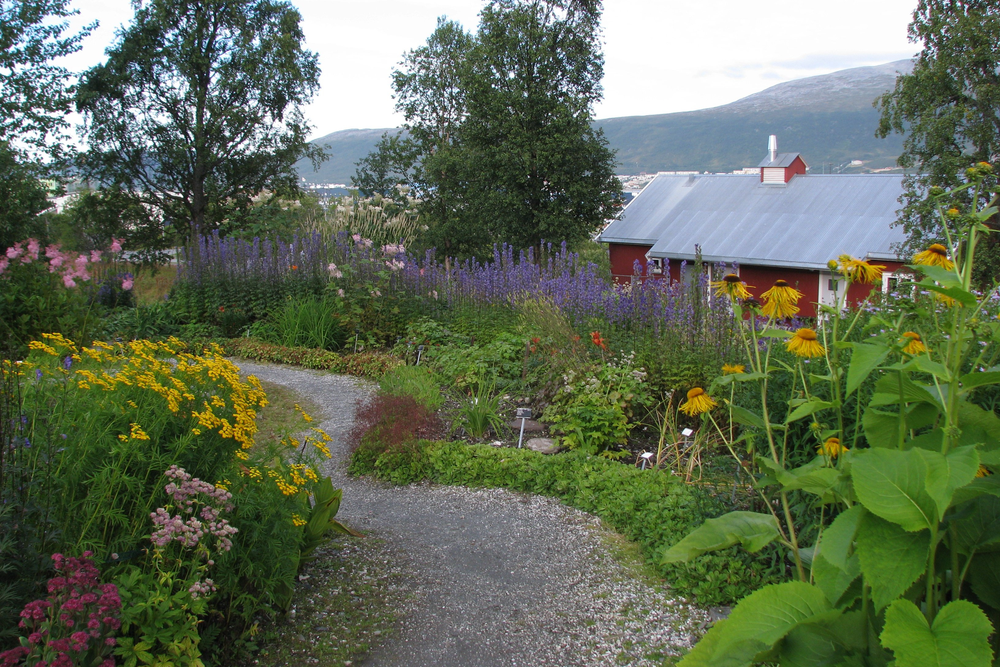
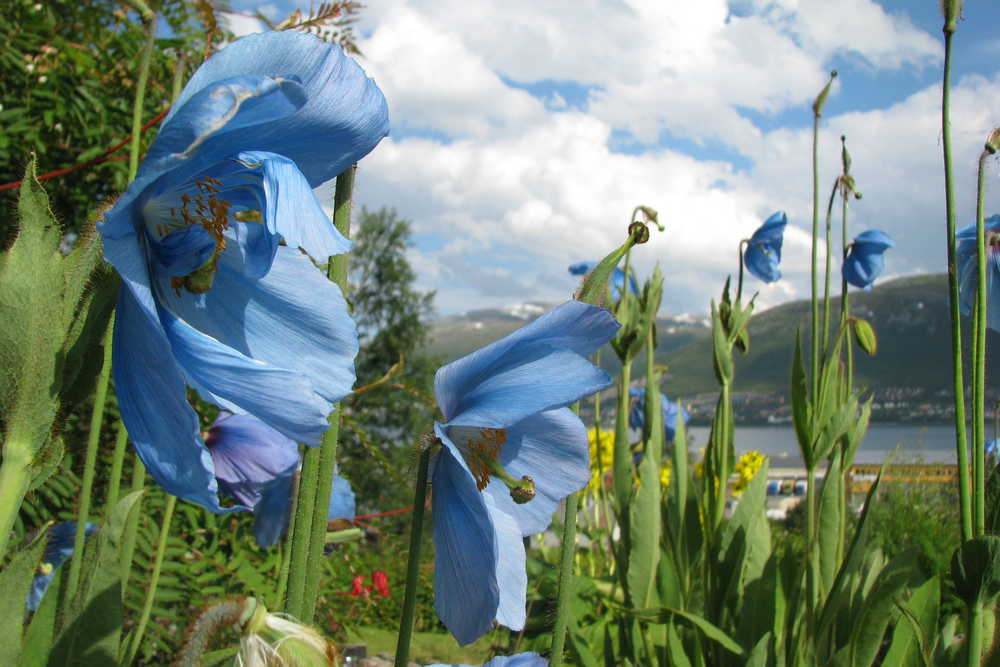
Holmevassfjellet Mountain Flora
This is an excursion guide to a calcareous and easily accessible mountain ridge at 500 m elevation one-hours drive east of Tromsø.
The excursion starts in a birch forest, an ecosystem equally well-known to northerners as exotic to visitors. The whole slope has calcareous bedrock, and near the start of the path, several tall ferns are presented as characteristic of such nutrient-rich forests. Further upslope there is a mosaic of nutrient-rich, moist forest floor communities, alternating with drier and more convex landscape forms with dwarf-shrubs where the soil has an acidic substrate. When the leaves of the common species break down, they produce a high amount of humic acids, which combine with available nutrients and then disappear from the upper layers through leaching, as shown by strongly reduced pH values. The modified soil is called podzol and has different layers in characteristic colours. This chemical warfare keeps fast-growing, broad-leaved competitors away, whereas birch and the slow-growing dwarfshrubs can manage with low levels of nutrients. These plants also profit from having mycorrhiza, a symbiosis with fungi, including many edible mushrooms, which increases nutrient availability to both partners. Above the birch forest the loose calcareous substrate is open and very well-drained, and the vegetation therefore appears more alpine than at corresponding altitudes elsewhere in the area. It is well-exposed and has nice views towards all directions. Several interesting alpine species are presented, but the highlight is the flowering in mid-June of the predominantly arctic species Rhododendron lapponicum and Cassiope tetragona.
Please wear appropriate footwear. Depending on the weather, rain gear, sunscreen, and a hat may also be advisable. Remember to bring your own packed lunch, snacks, and water.
Excursion leaders: Inger Greve Alsos, Dilli Prasad Rijal, and Marie Føreid Merkel.
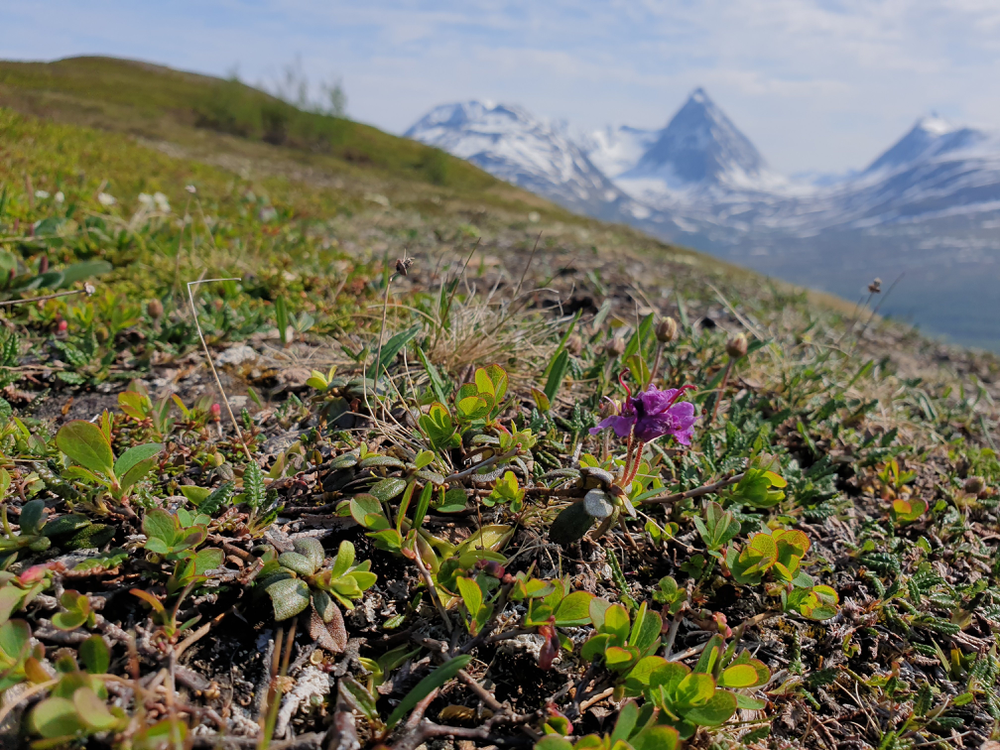
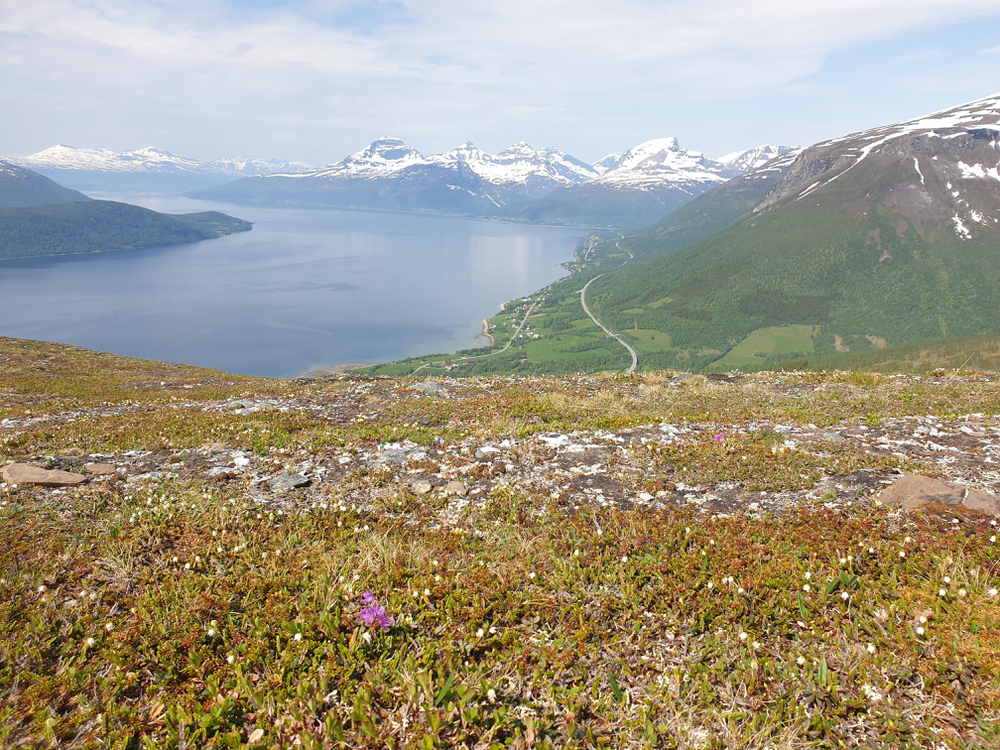
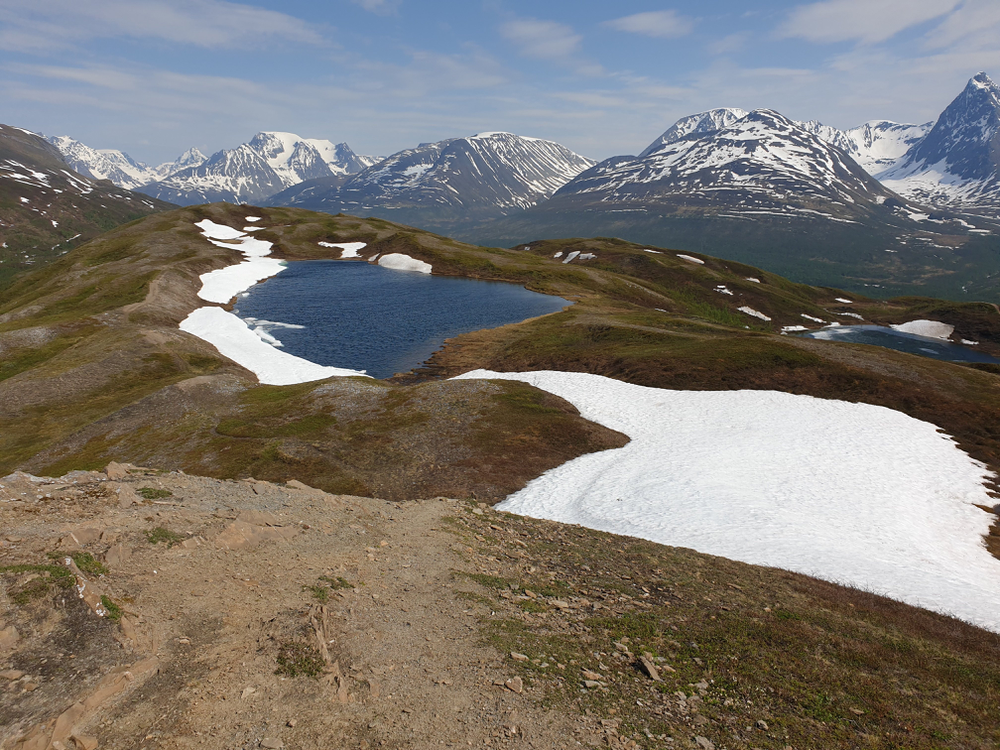
Steindalsbreen Glacier
Steindalsbreen glacier is on the Lyngen peninsula 45 km to the east of Tromsø. The trip involves a bus journey of about 1.5 hrs then a relatively gentle 2 hour walk to the glacier snout area (12 km total). The history of this glacier is well known and the valley has many interesting glacial, geological and botanical features. The Lyngen Alps are the highest mountain chain in the Troms area reaching over 1800 m and are dominated by igneous rocks. Features that can be seen include; river terraces, rockslides, end moraines, fans, kettle holes, proglacial lakes and the botanical interest includes plant successional stages and an alpine-type grazing system. This is a chance to observe both the geomorphological and botanical processes in an actively retreating glacial valley.
Please wear appropriate footwear. Depending on the weather, rain gear, sunscreen, and a hat may also be advisable. Remember to bring your own packed lunch, snacks, and water.
Excursion leaders: Tony Brown, Aloïs Revéret, and Anders Schomacker.
